CP Group’s Sun Belt Mission
Managing Director Brett Reese on the company’s value-add office strategy, target markets and new coworking initiative.
The changing perspective on where people work continues to push landlords to rethink their office investment strategies. CP Group, one of the top operators and owners of office space in the Sun Belt, has recently launched its first flexible office location and plans to grow in this direction going forward. However, the company has not ceased targeting well-located, underperforming, traditional office assets that can generate value.
Managing Director Brett Reese shared his take on the office and coworking markets, and provided details about the company’s acquisitions approach in the near future.
READ ALSO: What CRE Investors Should Expect
How would you describe office leasing activity in the current work-from-home environment?
Reese: Office leasing activity in the current work-from-home environment is surprisingly strong but very market specific. Many companies are undergoing corporate relocations—moving down South from the Northeast or West Coast. Companies are thinking about downsizing their offices rather than adopting 100 percent remote work. For today’s relocating companies, the most critical aspect when looking for new office space is flexibility and some tenants are willing to pay a premium for it. Short-term deals are in high demand because it gives tenants time to figure out their long-term office plans.
To what extent has the pandemic impacted your acquisition strategy?
Reese: COVID-19 impacted our acquisition strategy in a good way. We were already operating in markets that became beneficiaries of pandemic migration trends and have capitalized on that trend to acquire in highly desirable locations like South Florida. We continue to be active and are still evaluating good opportunities.
CP Group’s investment strategy is to buy Class A and B office buildings and add value through repositioning. We haven’t deviated from our mission of being selective and searching for quality buildings in our target markets throughout the Sun Belt.
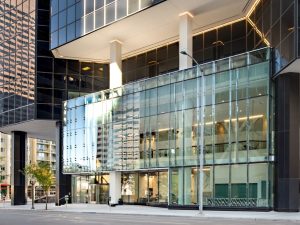
Granite Tower, a Class A, 600,000-square-foot office building in Denver, owned by CP Group. Image courtesy of CP Group
What do office tenants want today?
Reese: Following the pandemic, the concept of “value-add” has taken on a new meaning for office assets. Today’s tenants want two things: flexibility and amenities. As a result, they are willing to pay more for the space that provides both. There is a lot of reluctance for tenants to sign long-term leases, worrying that their hybrid remote model will change, and they will outgrow their space.
As for amenities, tenants returning to the office are less concerned with an upgraded lobby and more with spaces that can adapt to their daily needs.
Additionally, there is more focus on what occupies the ground-floor retail space as working parents may prefer a daycare facility or a restaurant to grab a quick lunch. Incorporating this sentiment, we have made it our mission to approach our spaces with a major emphasis on the tenant experience. We have a Tenant Experience program focused on delivering modern-day conveniences, exclusive discounts and amenities that fit each building and its tenant mix.
Can you expand on CP Group’s target markets when it comes to office investment? What makes them stand out?
Reese: Our investment premise has always been based on positive in-migration and other demographic trends in the markets, which we refer to as the “SMILE states,” ranging from the Southeast to western markets such as Texas, Arizona and Colorado. We’ve focused on these markets due to their substantial population growth, strong education bases and desirability to major corporate tenants. Identifying locations where companies are relocating to and expanding, such as Florida, is vital to generating value. Other important factors include areas with major education nodes serving as feeders of talent from nearby universities or colleges, availability of executive housing, increased connectivity and transportation, as well as walkability.
You recently launched worCPlaces, a flexible office space program. What made you enter this space?
Reese: There is an obvious demand that exists when it comes to flexible office spaces. Many companies are still figuring out their sweet spot on who is coming to the office and when, so the option of signing a flexible lease is in high demand.
We designed worCPlaces, our move-in-ready flexible workspace solution to help companies drive productivity. The initiative represents a commitment to delivering flexible work environments completed by best-in-class amenities and quality services in collaboration with Gensler, a global leader in space design and architecture.
We currently have six worCPlaces offerings under construction. As we track demand for flexible office solutions, we will continue to evaluate which CP Group buildings are good fits for worCPlaces programming. We intend to listen to our customers and create value-add offerings where appropriate.
Tell us about your next moves. What are your investment priorities?
Reese: Our investment thesis has not changed in that we continue to target well-located, underperforming assets throughout the SMILE states. Our goal with worCPlaces is to have as much as 10 percent of our 18 million-square-foot portfolio operating as coworking as we see tenant demand increase for this type of office environment.
What are your predictions for office investment going forward?
Reese: I believe that the next six months are going to be extremely slow, both in the public market and in the availability of debt. Investors are going to have a difficult time making investment decisions until they have a better sense of where interest rates will settle. Hopefully, rate increases will be paused and banks will start lending in the first half of 2023.
Any specific office market trends we should keep in eye on?
Reese: We will continue to see parallels between the office and hospitality sectors. More buildings will adopt hoteling models that offer more flexible options for tenants. As a result, tenants should be more inclined to adopt an in-person work schedule. Higher-touch customer service is in demand, which is why we are scaling those offerings with worCPlaces and our Tenant Experience program.

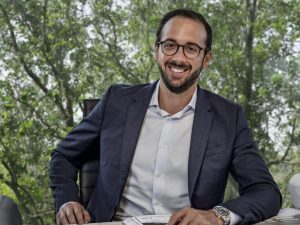
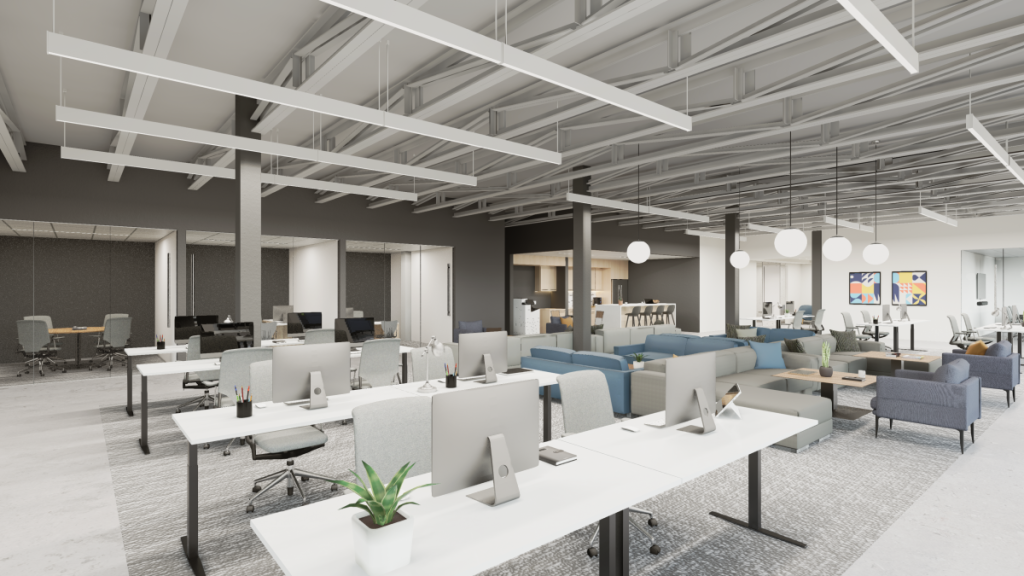
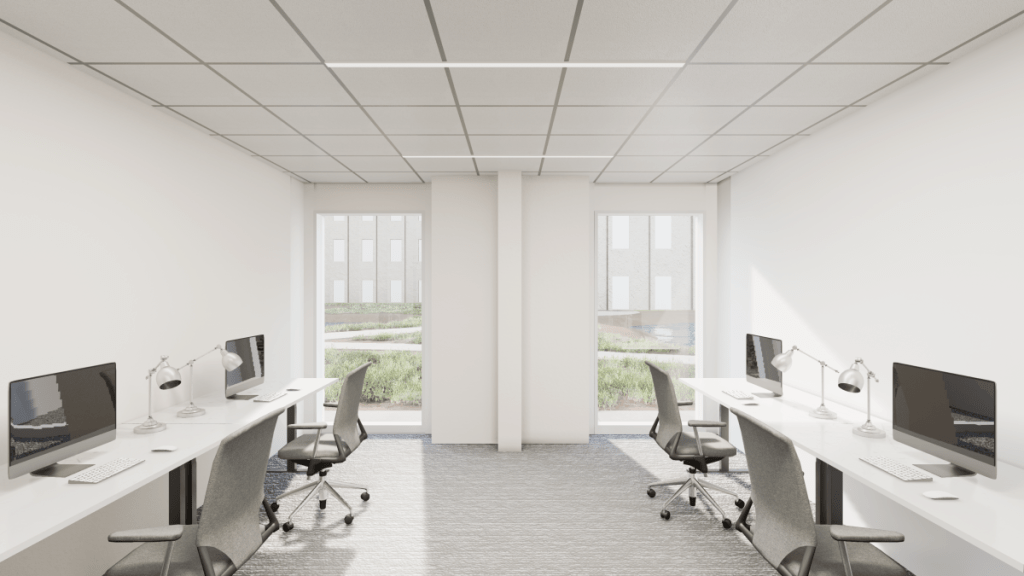
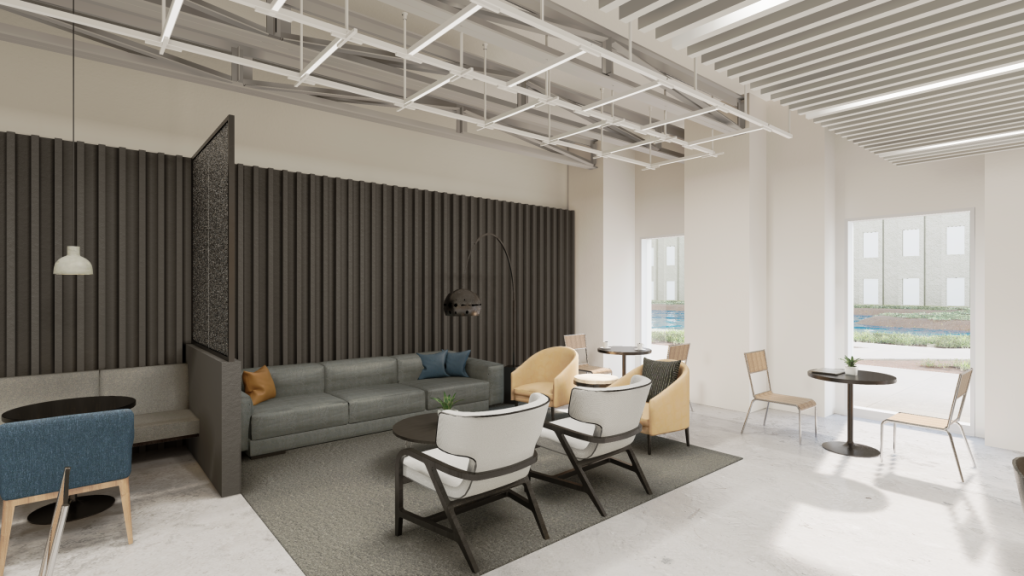
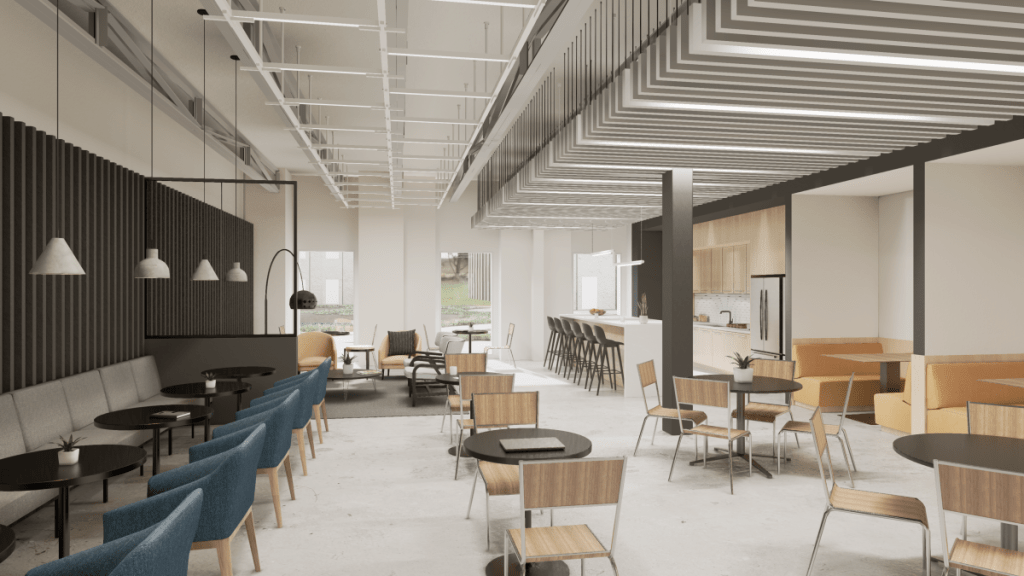
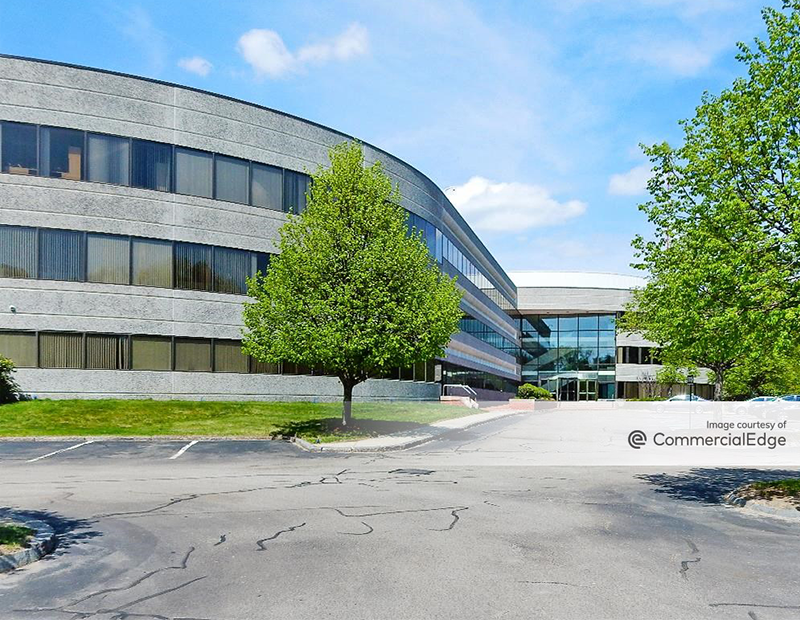
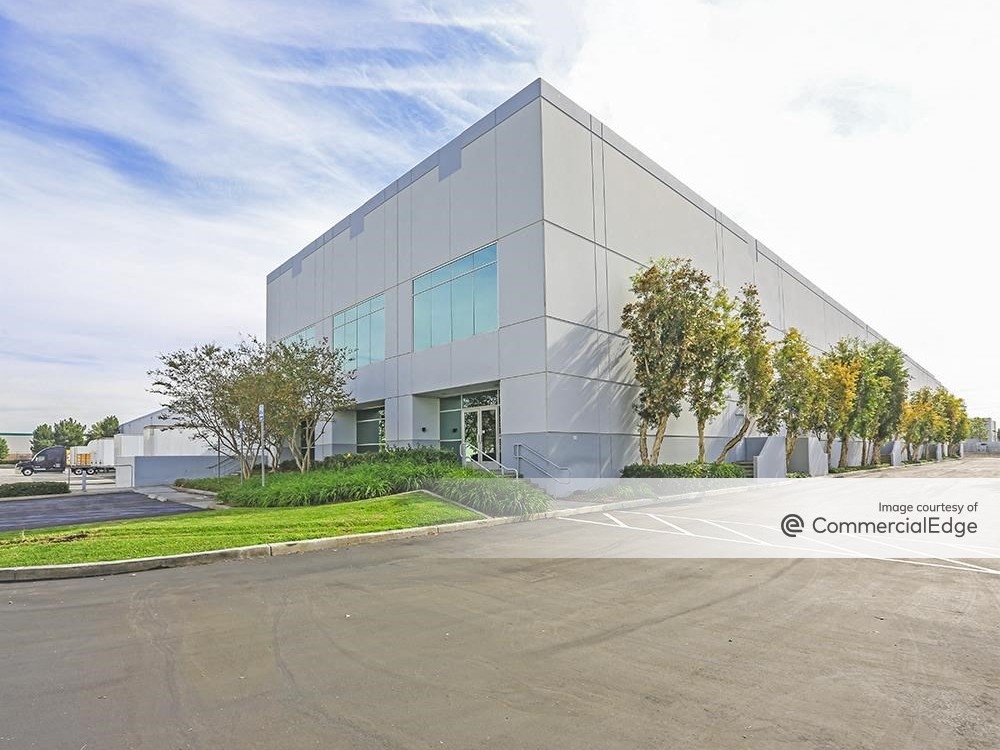
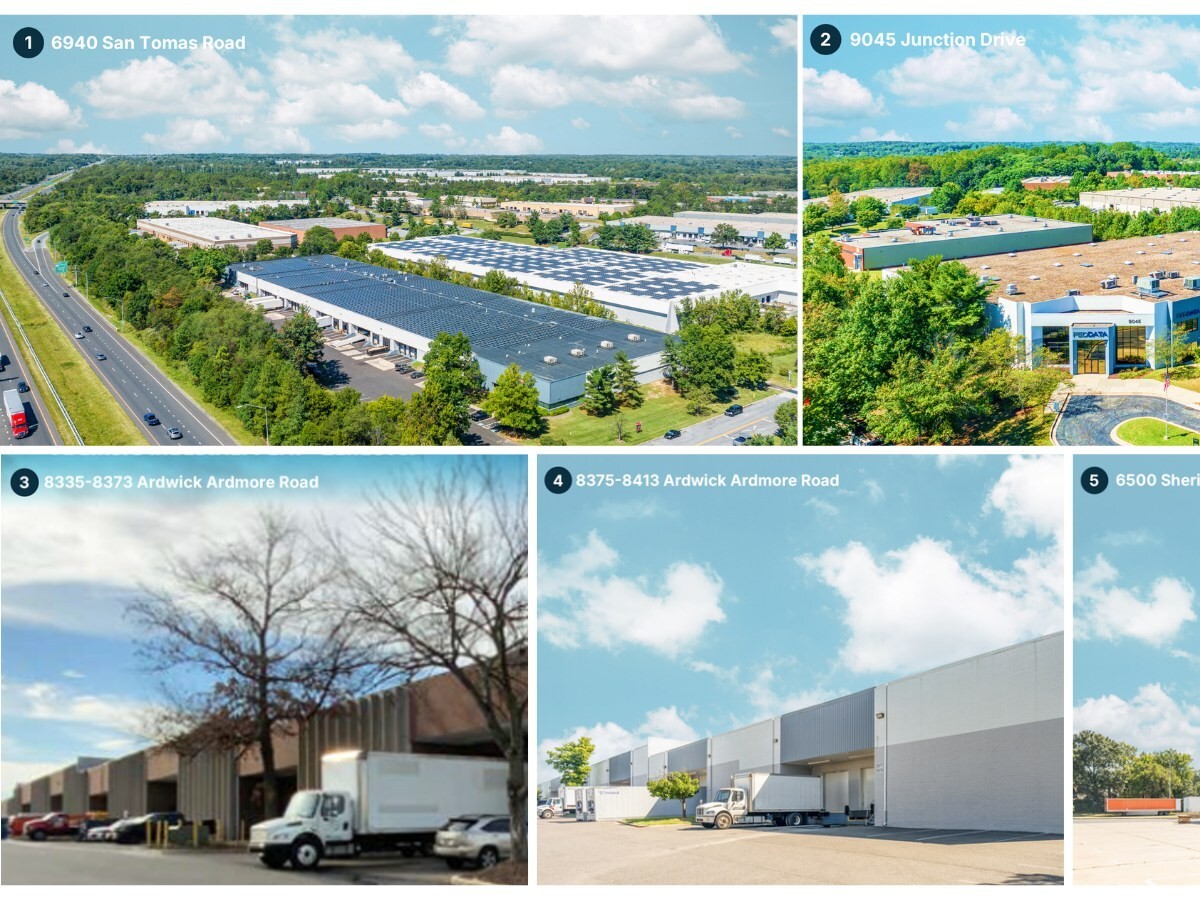
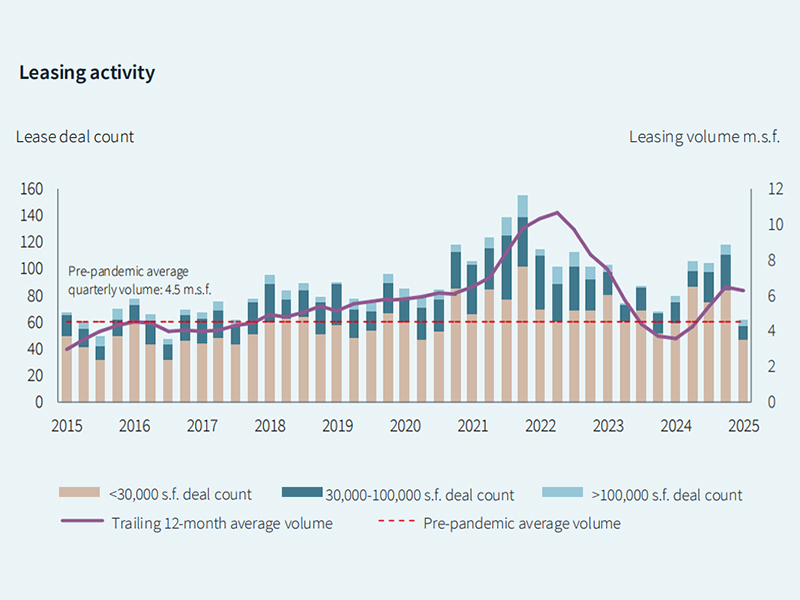

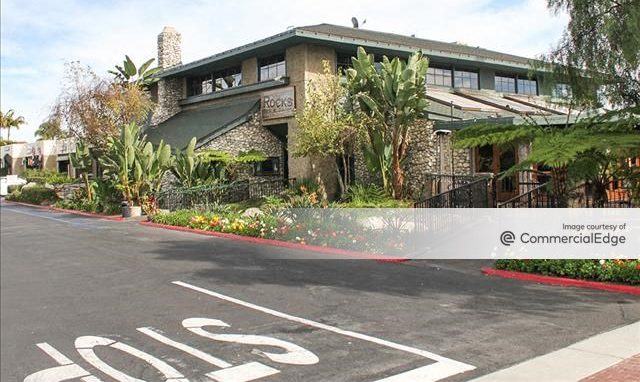
You must be logged in to post a comment.